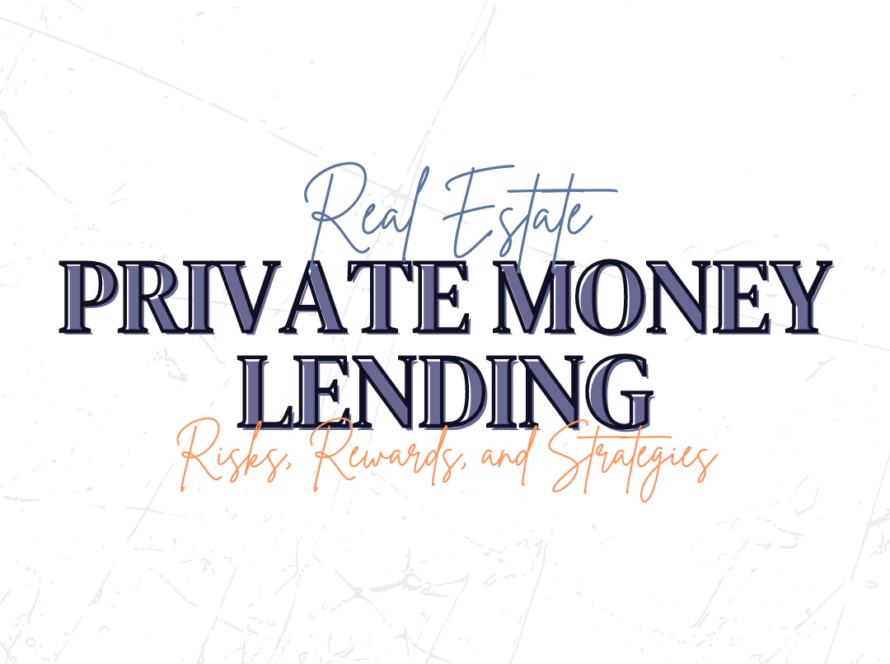Private real estate lending is a powerful investment strategy, but without a solid loan agreement, you’re leaving your money vulnerable. A poorly structured contract can lead to legal disputes, delayed payments, or even complete loss of your investment.
A private lending agreement is more than just a handshake or a basic contract—it’s your legal safeguard. It clearly defines loan terms, protects your rights, and ensures you can recover your investment in case of default.
In this guide, you’ll learn the key clauses every private lending agreement must include, how to structure your contract for maximum protection, and the best practices for working with legal professionals to secure your investment.
The Top Mistakes New Private Lenders Make—and How to Avoid Them
Why a Strong Private Lending Agreement is Crucial
A well-structured private lending agreement protects both the lender and the borrower by:
- Defining clear loan terms, including repayment schedules and interest rates.
- Establishing legal protections in case the borrower defaults.
- Preventing misunderstandings that could lead to legal disputes.
- Ensuring your loan is properly secured with collateral.
Without a legally sound agreement, lenders risk financial loss and lengthy legal battles. A strong contract ensures that all parties understand their responsibilities and that you, as the lender, have the legal backing to enforce repayment.
Essential Clauses Every Private Lending Agreement Must Include
Loan Terms and Conditions
This section defines the core structure of the loan, including:
- Loan Amount: The total amount the borrower is receiving.
- Interest Rate: Whether it is fixed or variable and how it is calculated.
- Repayment Schedule: Whether payments are monthly, quarterly, or structured in another way.
- Loan Term: The total length of the loan before it must be repaid.
Clearly outlining these terms prevents confusion and ensures both parties understand their financial obligations.
Collateral and Security Agreement
Private lending agreements must specify how the loan is secured. This clause should include:
- Property Description: The real estate asset securing the loan.
- Lien Position: Whether you hold a first or second lien on the property.
- Loan-to-Value (LTV) Ratio: The maximum LTV allowed to ensure you have a safety cushion in case of default.
Securing your loan with a property lien ensures that if the borrower defaults, you have a legal claim to the property to recover your funds.
Default and Remedies
One of the most critical clauses in any lending agreement is what happens if the borrower fails to meet their obligations. This section should include:
- Definition of Default: What constitutes a default, including missed payments, bankruptcy, or failure to complete a project.
- Cure Period: Whether the borrower has a grace period to resolve a missed payment before legal action begins.
- Lender’s Remedies: What legal rights you have to enforce repayment, including foreclosure rights or taking control of the collateral.
By defining these terms upfront, you ensure that in the event of non-payment, you can act swiftly and legally to protect your investment.
Exit Strategy and Repayment Plan
A strong private lending agreement should clarify how the borrower intends to repay the loan. This section should outline:
- Primary Exit Strategy: Whether the borrower plans to refinance, sell the property, or use rental income for repayment.
- Alternative Exit Strategies: Backup plans if the primary exit fails, such as selling additional assets or restructuring the loan.
- Early Repayment Terms: Whether prepayment penalties apply if the borrower repays the loan before the term ends.
A clear exit strategy ensures the borrower has a viable plan to repay the loan, reducing the risk of default.
Personal Guarantees and Additional Security
In many cases, lenders require additional security beyond the property itself. This clause should specify:
- Personal Guarantee Requirement: Whether the borrower (or key partners) must personally guarantee the loan, making them personally liable for repayment.
- Cross-Collateralization: Whether other assets can be used as additional security in case the primary collateral isn’t sufficient.
Personal guarantees are especially important when lending to investors with limited experience or financial resources.
Legal and Compliance Requirements
To protect yourself legally, ensure that your agreement includes:
- Governing Law: The state or jurisdiction whose laws will apply to the contract.
- Dispute Resolution: Whether disputes will be handled through arbitration, mediation, or court proceedings.
- Attorney’s Fees: Which party is responsible for legal fees in case of disputes.
Working with a real estate attorney to draft or review your contract ensures that your agreement is legally enforceable and compliant with local laws.
How to Ensure Legal Compliance and Work With an Attorney
Even with a strong contract template, it’s essential to have a qualified attorney review your agreement. Here’s how to do it:
- Find a Real Estate Attorney Specializing in Private Lending: Not all attorneys understand real estate lending, so choose someone with relevant expertise.
- Request Customization: Every deal is different—have your attorney tailor the contract to your specific transaction.
- Ensure Proper Documentation: Work with your attorney to file the necessary paperwork, such as recording liens with the county.
- Verify Borrower Acknowledgment: The borrower must review, sign, and acknowledge all terms before funds are disbursed.
Skipping legal review may save money upfront but can lead to costly disputes if a deal goes wrong.
Common Mistakes in Private Lending Agreements and How to Avoid Them
Relying on Verbal Agreements
Always document every aspect of the loan in a written, legally binding contract. Verbal agreements are unenforceable in most real estate transactions.
Using Generic Contract Templates
Many online contract templates lack the necessary details to fully protect lenders. Work with an attorney to create a custom agreement tailored to your lending strategy.
Failing to Secure Collateral Properly
If you don’t record a lien on the property, your loan is unsecured, and you have no legal claim to recover your funds in case of default. Always confirm that your security interest is properly filed.
Not Defining Default Terms Clearly
If your contract doesn’t specify what constitutes default and what actions you can take, enforcing repayment will be difficult. Always include clear default terms and remedies.
Conclusion
A bulletproof private lending agreement is your strongest defense against financial loss. By including essential clauses—such as loan terms, collateral security, default provisions, and exit strategies—you create a legally enforceable contract that protects your investment.
The key to successful private lending isn’t just funding deals—it’s ensuring your agreements provide maximum security. Work with a qualified attorney, structure your contracts properly, and never rely on verbal promises or generic templates.
Ready to take the next step in private lending? Visit The MicroBanking Method to learn how to structure deals, protect your capital, and build a sustainable lending portfolio with confidence.




